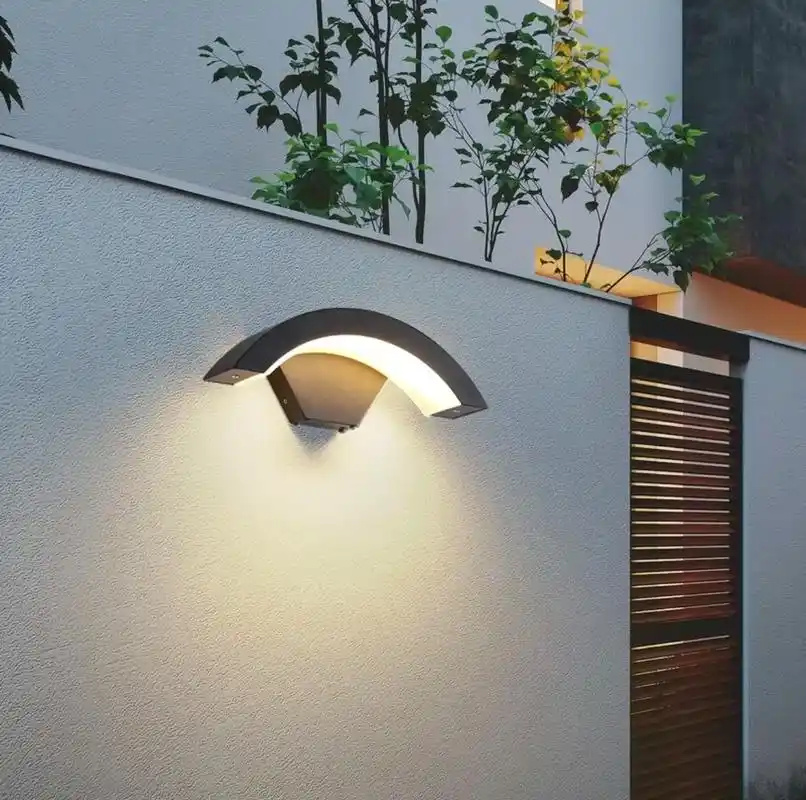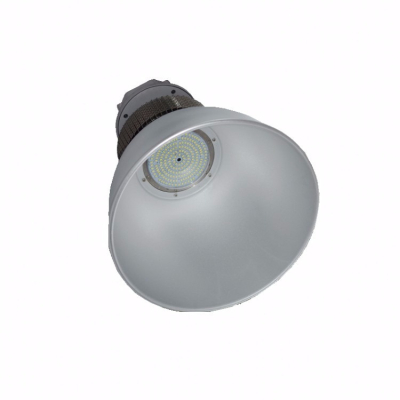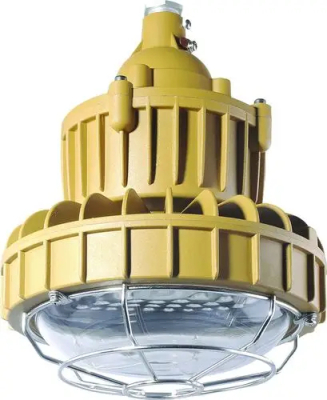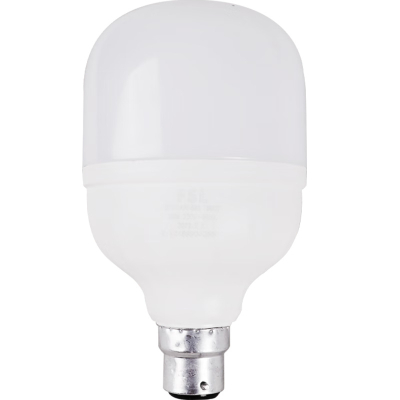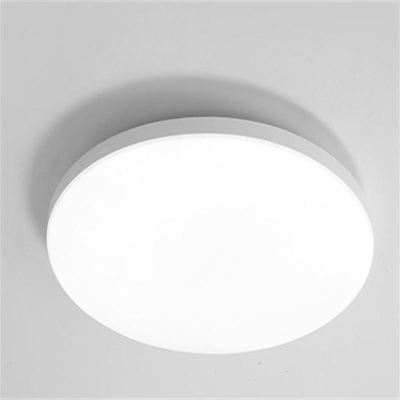Outdoor Wall Lights
Outdoor wall lights are an essential part of exterior lighting systems. They are designed to be mounted on the exterior walls of buildings, fences, or other outdoor structures. These lights serve multiple purposes, including enhancing the aesthetic of the building, improving safety and security, and providing functional illumination for outdoor activities.
The housing of outdoor wall lights is typically made from durable materials that can withstand harsh outdoor conditions. Common materials include die - cast aluminum, stainless steel, and high - quality plastics. Die - cast aluminum is a popular choice due to its excellent strength and resistance to corrosion. It can also dissipate heat effectively, which is beneficial for the longevity of the light source. Stainless steel offers a sleek and modern look while providing robust protection against the elements. Plastics are sometimes used for their lightweight and cost - effective nature, and they can be molded into various decorative shapes.
The housing is designed to be weather - resistant. It usually has a sealed design to prevent water, dust, and insects from entering. High - quality gaskets, such as those made of rubber or silicone, are used around the edges and any openings to ensure a tight seal. Many outdoor wall lights also have a UV - resistant coating on the housing to prevent fading and discoloration caused by sunlight exposure.
The light source in outdoor wall lights can vary. LED (Light - Emitting Diode) technology is increasingly popular due to its energy - efficiency, long lifespan, and high - quality light output. LED modules in outdoor wall lights consist of one or more LEDs, depending on the desired brightness. The color temperature of the LEDs can be adjusted to create different lighting effects. For a warm and inviting atmosphere, a lower color temperature (around 2700 - 3000K) is often used. For a brighter, more daylight - like effect, a higher color temperature (around 5000 - 6500K) is preferred.
In some cases, traditional incandescent bulbs or compact fluorescent lamps (CFLs) may still be used, although they are less energy - efficient and have shorter lifespans compared to LEDs.
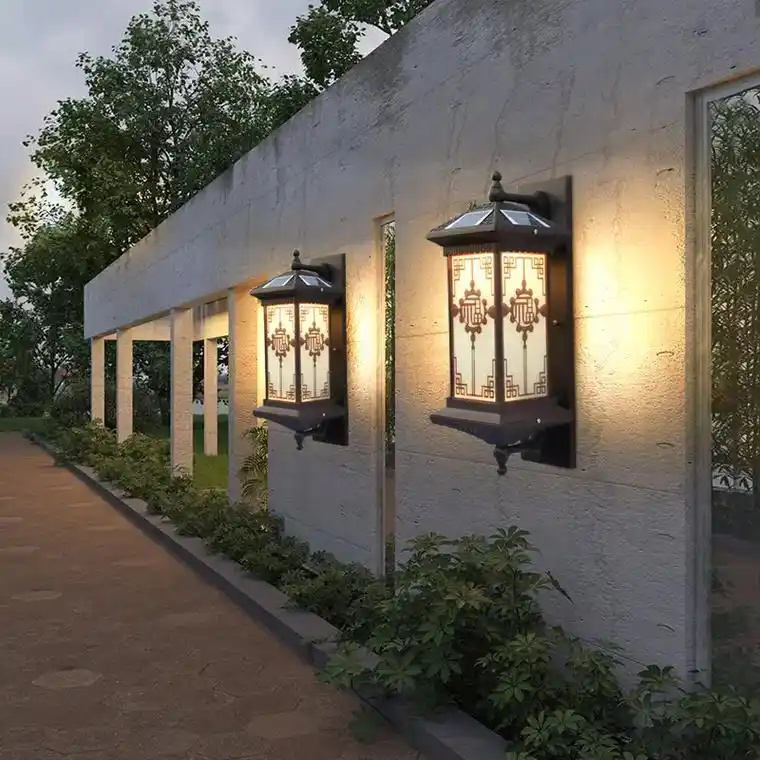
To direct and shape the light, outdoor wall lights incorporate optical components. The lens is a crucial part of this system and is typically made of toughened glass or high - grade, impact - resistant plastic. The lens serves to protect the light source from physical damage and to focus or diffuse the light as needed.
For upward - lighting wall lights, the lens may be designed to project the light in a wide - angle pattern to illuminate the wall and the area above it. For downward - lighting wall lights, the lens can focus the light to provide a more concentrated beam for illuminating the ground, walkways, or entrances. Some lenses also have a diffusing effect to reduce glare and create a more even illumination.
Outdoor wall lights come with a variety of mounting options. They are usually attached to the wall using screws or brackets. The mounting brackets are designed to be strong and stable to hold the weight of the light and withstand any external forces such as wind or vibrations.
The installation process typically involves drilling holes in the wall, inserting anchors (if needed), and then attaching the light fixture using the provided screws. Some outdoor wall lights also come with a template to ensure accurate installation. It's important to ensure that the electrical connection is properly made and that the light is grounded to prevent electrical hazards.
Inside the housing, there are important electrical components. For LED - based outdoor wall lights, a driver circuit is used to convert the input AC voltage from the power supply to the appropriate DC voltage and current required by the LED module. The driver also provides functions such as over - voltage protection, over - current protection, and dimming control.
In wall lights with traditional light sources, other components such as ballasts (for CFLs) or simple transformers (for incandescent bulbs) may be present to regulate the voltage and current. The wiring within the light is carefully insulated and routed to avoid electrical hazards. The connections between the light source, driver or other electrical components, and the power supply are made through reliable connectors and terminals to ensure a stable electrical supply and proper operation of the light.
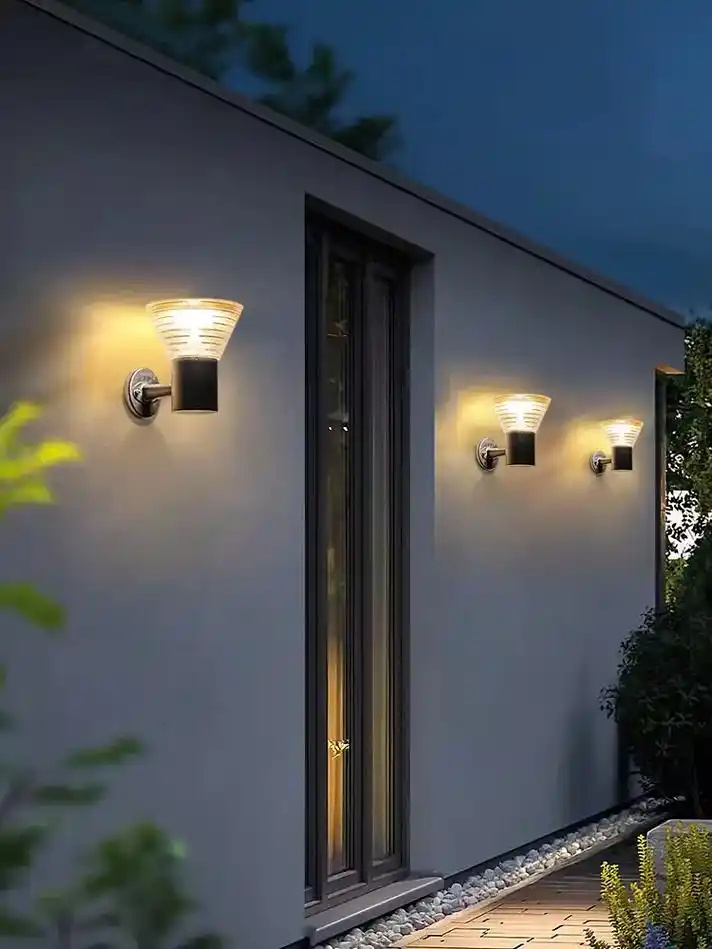
When the outdoor wall light is connected to a power source, the electrical current is supplied to the light source. For LED - based lights, the AC voltage is first processed by the driver circuit, which converts it to the suitable DC voltage and current for the LEDs.
The light source then emits light. In the case of LEDs, this occurs through the process of electroluminescence. The light rays are directed and shaped by the optics and lens. The resulting light beam is emitted in the desired direction, either upward to highlight the wall and the architecture or downward to illuminate the area below the wall, such as a doorway, a walkway, or a patio.
Outdoor wall lights can significantly enhance the appearance of a building's exterior. They come in a wide variety of styles, from traditional and ornate to modern and minimalist, allowing homeowners and designers to choose a look that complements the architecture of the building. The soft glow of the lights can add a warm and inviting touch to the façade, making the building more attractive and inviting.
By illuminating entrances, walkways, and other areas around the building, outdoor wall lights improve safety. They help prevent accidents such as trips and falls, especially in low - light conditions or at night. Additionally, the well - lit exterior can act as a deterrent to potential intruders, enhancing the security of the property.
These lights offer versatility in terms of lighting direction and effect. They can be used to create different lighting scenarios, such as upward - lighting to showcase the texture and details of the wall, or downward - lighting to provide practical illumination for outdoor activities. The ability to adjust the light angle and intensity (in some models) further adds to their flexibility.
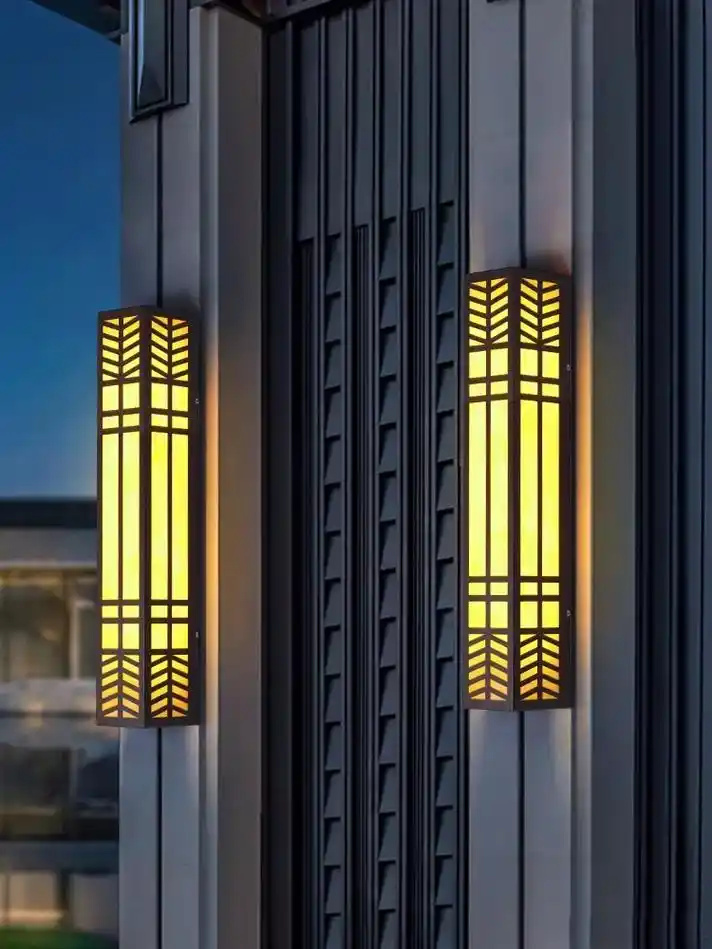
In homes, outdoor wall lights are used to light up entrances, porches, patios, and garages. They can also be installed along the walls of a garden or a driveway to enhance safety and aesthetics. The different styles of outdoor wall lights allow homeowners to customize the look of their homes and create a warm and welcoming outdoor environment.
In commercial buildings such as offices, hotels, restaurants, and stores, outdoor wall lights are used to illuminate building entrances, signage, and outdoor seating areas. They can also be used to enhance the security of the building and its surroundings. In institutional settings like schools and hospitals, these lights play a crucial role in ensuring the safety of students, patients, and staff during the evening hours.

